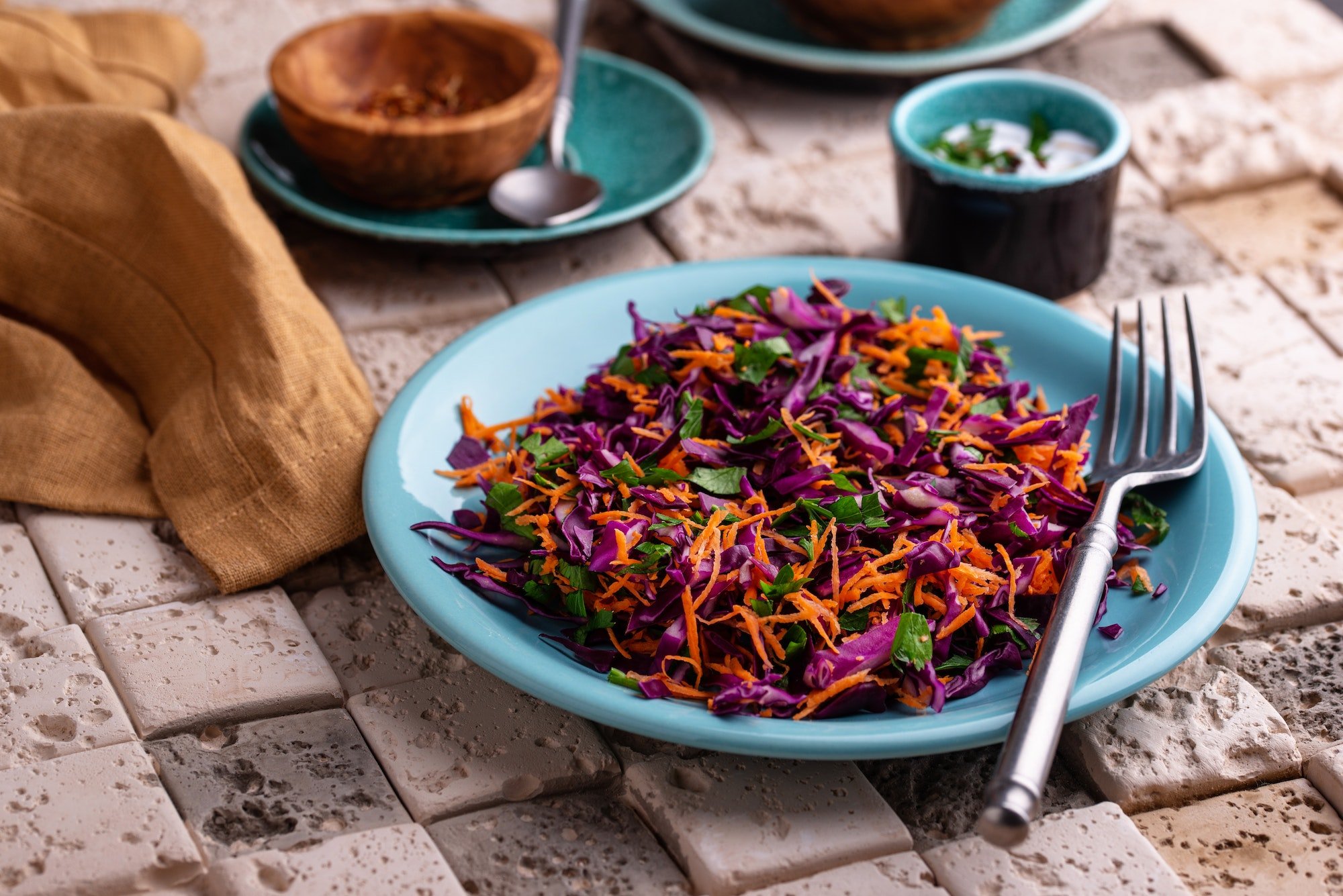It is becoming increasingly popular for athletes to transition to a vegan or vegetarian diet due to the associated health benefits. With the right knowledge and preparation, the benefits of switching to a plant-based diet can be great. In this article, we’ll discuss how to successfully transition to a vegan or vegetarian lifestyle as an athlete.
Understand the Difference Between Vegan and Vegetarian Diets
The first step to transitioning to a plant-based diet as an athlete is to understand the differences between vegan and vegetarian diets. Vegetarianism is an umbrella term for several types of diets that exclude animal flesh, but still allow for the consumption of dairy and eggs. On the other hand, veganism eliminates all animal-derived products from the diet, including dairy and eggs.
Many athletes choose to go vegan due to the perceived health benefits. A vegan diet is typically higher in fiber, vitamins, minerals, and antioxidants, and lower in cholesterol and saturated fat. A vegan diet can also reduce inflammation, help with weight control, and improve recovery times.
Plan Your Transition to a Vegan or Vegetarian Diet
The second step to transitioning to a vegan or vegetarian diet as an athlete is to plan your transition. It can be difficult to make such a drastic change in your diet all at once, so it is important to plan ahead. To make the transition easier, start by eliminating one type of animal product at a time and replacing it with a vegan alternative.
For example, you can start by cutting out red meat and replacing it with tofu or tempeh. You can then move on to other animal products, such as poultry and fish, until you have eliminated all animal products from your diet. It is also important to make sure you are getting enough protein, healthy fats, and other essential nutrients from plant-based sources.
Find Plant-Based Alternatives to Your Favorite Foods
The third step to transitioning to a vegan or vegetarian diet as an athlete is to find plant-based alternatives to your favorite foods. There are many vegan and vegetarian alternatives to your favorite dishes, such as vegan burgers, veggie wraps, and vegan ice cream. You can also find plant-based versions of your favorite snacks, such as vegan chips, crackers, and cookies. These alternatives are available at most grocery stores and online.
To make the transition easier, create a list of your favorite dishes and snacks and look for vegan or vegetarian alternatives. You may be surprised by how many options there are!
Get Help from a Nutrition Coach
The fourth and final step to transitioning to a vegan or vegetarian diet as an athlete is to get help from a nutrition coach. A nutrition coach can help you create an individualized nutrition plan that meets your nutritional needs and goals. They can also help you identify specific foods that provide the nutrients you need for optimal performance and recovery. A nutrition coach can also help you identify any potential deficiencies in your diet and provide suggestions for plant-based sources of those nutrients.
If you are interested in transitioning to a vegan or vegetarian diet as an athlete, Eastside Ideal Health offers nutrition coaching services to help you navigate the transition. With the right knowledge and support, you can make the transition to a vegan or vegetarian lifestyle as an athlete.
Conclusion
Making the transition to a plant-based diet as an athlete can be challenging, but with the right knowledge and preparation, it can be done. By understanding the differences between vegan and vegetarian diets, planning your transition, finding plant-based alternatives to your favorite foods, and getting help from a nutrition coach, you can successfully transition to a vegan or vegetarian lifestyle.

